- Learning time
- 5 minutes
- First play time
- 10 minutes
Monza
Designed by: Jürgen P. Grunau
Monza is a super-simple racing game for kids. The (tiny) board shows a racetrack broken up into coloured segments, and on your turn you simply roll the dice and move your car as far as you can. What elevates from the simple roll-and-move, however, is the fact that the dice sides are not numbers but colours. Your car can only move (either forward, or sideways and forwards at the same time) to a spot you have an unused die of in the matching colour. So what you’re trying to do is maximize the return on your dice by wriggling through the different colours as far as you can. You can pass through spaces occupied by other players, and if you end on the same spot as another player, you bump them back to the space behind.
There are a couple of chicane spots where you’ll need to roll a particular colour to move, rather than the two or three choices you usually have. If little ones find this frustrating, we’ve played a house rule that, unless you’re sitting right next to the finish line, you get to roll again if none of the dice let you move at all. You can also balance out the advantage of going first by reducing the number of dice by one on the starting line, so in a three player game the first player rolls 4 dice, the second 5 and the third 6 – after which everyone rolls all the dice on their turn.
The game is a one-lap race, first over the finish line wins.
Joe says
This is cute and satisfyingly chunky, but not something that particularly appeals to me (I am most definitely not the target audience!).
The guru's verdict
-
Take That!
Take That!
None really; although any game where the main mechanic is hoping for the right roll has the potential to frustrate.
-
Fidget Factor!
Fidget Factor!
Minimal. Roll dice, move, move on!
-
Brain Burn!
Brain Burn!
For tots, the challenge is to best match the colours on the die to the layout of the track. It's easy to miss a way to use all six dice in a meandering slalom and assume you've run out of options after going another way.
-
Again Again!
Again Again!
Dice rolling ensures randomness, and it's quite sweet, but other kids games have more variety.

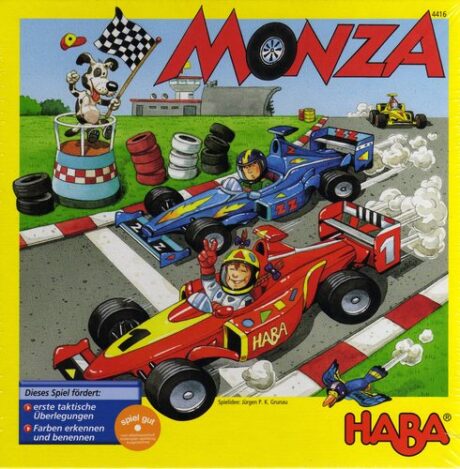

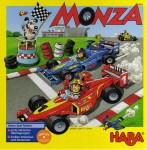


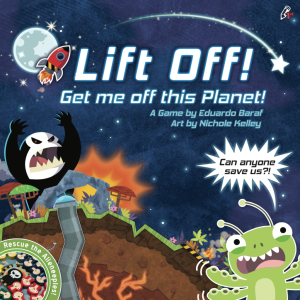
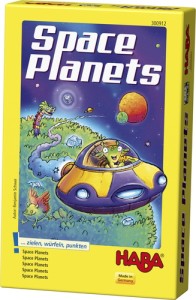
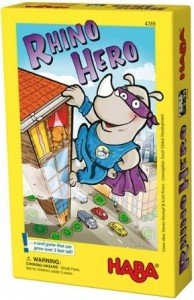
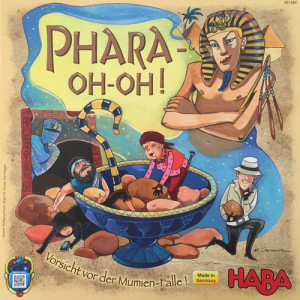
Sam says
My boys (when younger) enjoyed this a lot, and we ended up making a bigger version they could push their actual toy cars around! It does do a very gentle job of helping young brains make strategic/pattern-forming connections. But this came out in 2000 and I think HABA have produced better games since.